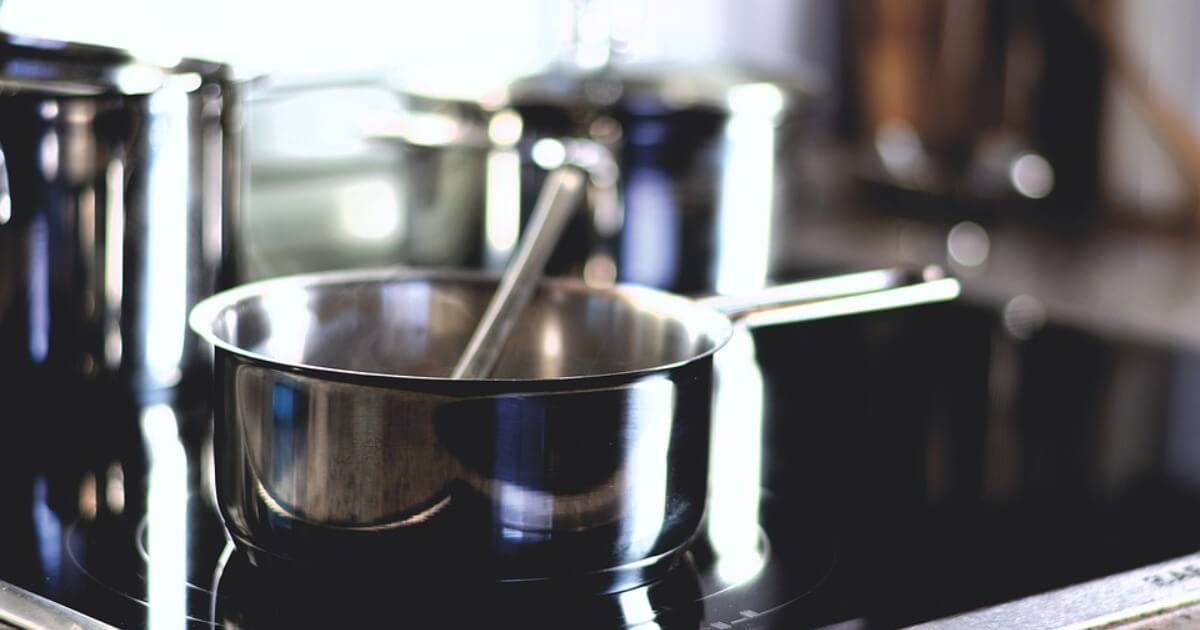Global Cuisine: The Art of Cooking Rice Pudding
From salt, butter and soy: Food fashion (and science) are changing.
March 20, 2021

Food fashions sometimes propel us back to the culture of the playground. Like school kids desperate for possession of a “sick” hoodie — because a mother doesn’t know what’s “GOAT” (Google these, parents), foodies fear not being in trend.
Food marketing versus food science
Food-biz marketing departments harness fear of missing out — to provoke us into swallowing every new product — and yet, they struggle against the advances of food science.
Too much salt, the boffins once declared, would contribute to high blood pressure. So,we should cut it out.
Then, they told us, salt is an important nutrient that balances blood fluids and is essential to nerve and muscle function.
Demons become saints
There was a time when butter was demon and margarine the “healthy” fat. Not much later, horror of trans fats provoked its fall from favor — and a return to the purity of butter.
Soy was once the ubiquitous protein, added to hamburger patties, infant formula and a variety of ready meals. It was promoted as reducing the risk of heart disease and certain types of breast and prostate cancer — as well as lowering cholesterol.
Then Scientific American reported, in 2009, that research had shown that eating large quantities of soy products could trigger premature puberty and menopause and reduce fertility. And it was consigned to the back of the class.
Soy overtaking cow’s milk?
Eventually, questions over soy faded, though science reviews remain undecided over soy’s effects on the body. Now, soy’s popularity as a milk substitute has soared. Milk is the new food trend.
Sales of Oatly — an alternative milk brand made from oats — are growing so fast that it recently began flotation on the New York Stock Exchange. It could be valued at $10 billion. Its first plant in the UK is due for completion by 2023.
Oatly’s success has been propelled as much as anything by its eco-credentials. Its carbon footprint, the company says, produces 70% less CO2 than British cow’s milk production.
Yet, UK milk accounts for only 2.8% of the UK’s carbon footprint, while costing less than alt-milk.
Crucially, cow’s milk contains more protein as well as all nine amino acids essential to building proteins in the body.
Oat milk does not. One cup of oat milk contains around 3 grams of protein — compared to 8 grams in cow’s milk (and 7 to 8 in soy milk).
All nine amino acids are also contained in soy milk (see how soy is on the rebound?).
Whoops! Watch those blood sugar levels
Oatly, according to Almanack, has the same impact on blood sugar levels as (go on, guess)… a can of Coke. Buy it because you like drinking it. It’s a good reason.
In non-dairy, almond milk, not oat milk, tops the market at $1.3 billion in 2019, with soy milk next at $194 million. Any objections to almond milk concern the amount of water required to develop the nut.
It takes 1.1 gallons of water to produce one single almond. For 500g (or 1 pound of them), it takes 1,900 gallons. (All varieties of nuts require an equal amount).
The United States is the world’s largest producer of almonds — at over 2 million tons a year. Spain follows, with just over a modest 200,000 tons. In California, almond production consumes 10% of the state’s water supply.
Farmers growing almonds and represented by the Almond Board of California dispute that figure — asserting the reality is “considerably smaller” by as much, possibly, of 25%. Nevertheless, still an amount worth consideration.
Exercise curiosity about your food
This is not an argument for abandoning “alt milk.” It’s an argument for exercising curiosity. We’ve come to accept so much in our lives as real. Once we were shocked to learn that models in ads and fashion spreads had been photo-shopped.
Now deep fake synthetic media gives us Tom Cruise going over lollipops and doing turtle impressions, and Barack Obama calling Donald Trump a “complete dipshit” which has 8,400,000 views — and counting.
While you may want to make consumer decisions that benefit your health (or the health of the planet), if the profit health of a product is shaky, it just won’t get manufactured — even if it would benefit you and the planet.
Do your research
Before you swallow anything, do your research. Just as you should with everything you follow on social media. Make your shopping list choices on the basis of how satisfied you are with the facts you’ve been fed by the food business.
Or, just because you like the product. Not because it’s sick. Sorry… “on (foodie) trend.”
It’s a shame that milk puddings came out of the era not so long ago when British food was disgusting — and sponge puddings were given names like “Spotted Dick.”
Made properly, rice pudding is a glory. Even if all you want to eat is its gooey vanilla-caramel skin.
This Serves 4
2 level tablespoons Arborio, short grain or Carolina rice
1 tablespoon sugar
1 teaspoon vanilla essence or the seeds scraped out of a vanilla pod
565 ml or 1-pint whole milk — or your favorite alt milk
1 tablespoon softened butter — plus more for greasing
Method
Preheat oven to 160C/320F.
Put all the ingredients (except the butter) into a 565ml/1-pint greased baking dish. Dot with the butter and bake (uncovered) for an hour or more — until there’s a nice caramel colored crust on top and the rice has become creamy. Eat with cream and sugar. So comforting.
If you want to leave the house, set the oven at its lowest heat. Bring all the ingredients to the boil in a pan, then pour them into a buttered baking dish and bake the rice pudding for 5 hours.
Takeaways
Food bisiness marketing departments harness Fear-of-Missing-Out to provoke us into swallowing every new product.
Oatly’s carbon footprint produces 70% less CO₂ than British cow’s milk production. Yet, UK milk accounts for only 2.8% of the UK carbon footprint.
Non-dairy, almond milk (not oat milk) tops the market at $1.3 billion in 2019 -- with soy milk next at $194 million.
It takes 1.1 gallons of water to produce one single almond. For 500g -- or 1 pound -- it takes 1,900 gallons.
It is a shame that milk puddings came out of the era when British food was disgusting -- and sponge puddings given names like Spotted Dick.

